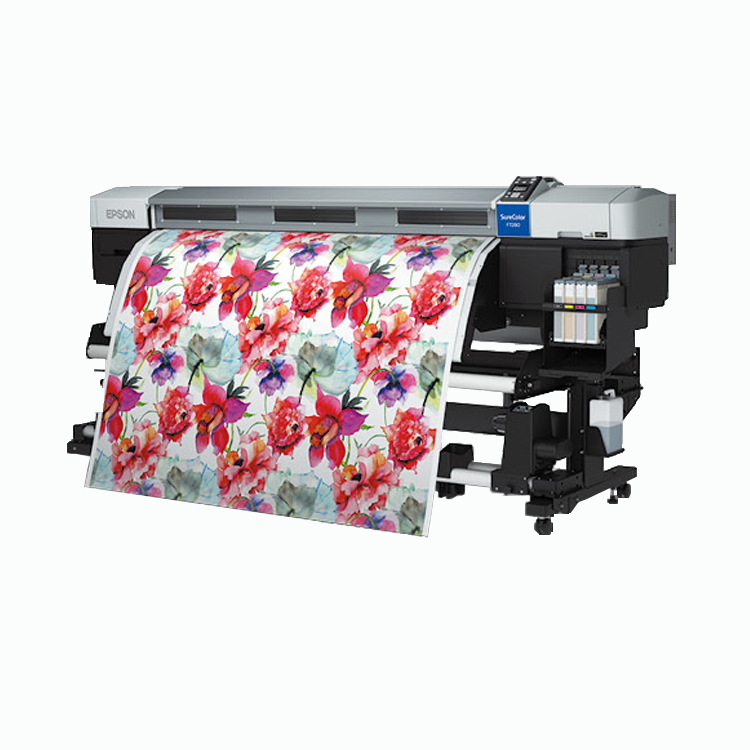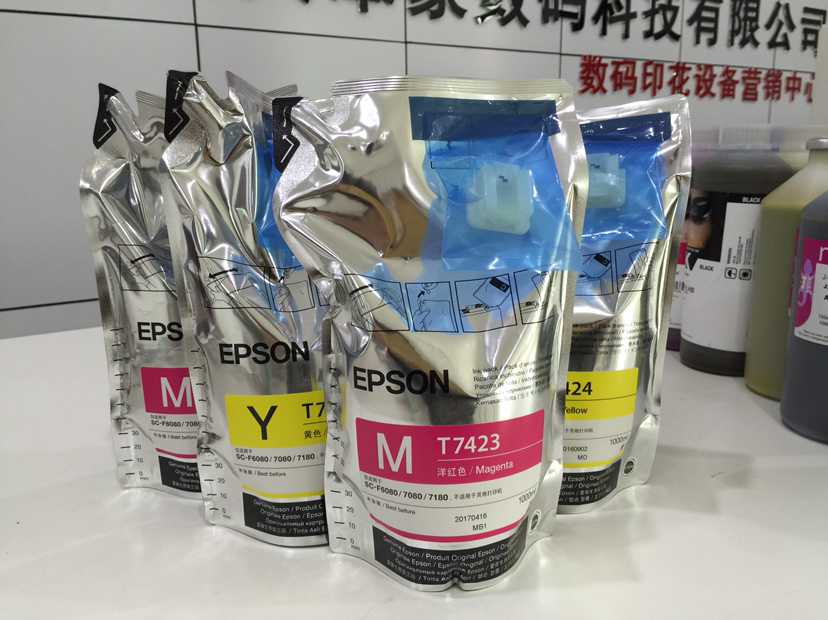Do you know dye sublimation printer?
Description:
Dye sublimation printer, has been photo-quality output. The dye-sublimation printer uses solid pigment instead of ink, the basic principle is the color dyes by some means "moving" to the print media, to form a brilliant image. First of all, the source of the color dye ribbon, generally divided into yellow, magenta, cyan, black ribbon (S400 yellow, magenta, blue three colors), and then the print order to control the heating head and turn the ribbon on the dye is transferred onto the print medium.
Sublimation printer control the heating tim and temperature, so that each color point showing the changes in the concentration of 256 gradations; based inkjet ink dot analog color changes, changes in the concentration of each color dot can not be accurately controlled, and therefore the required the 256 inkjet point before the performance of the 256 levels of color. Therefore, in color performance, 300dpi dye-sublimation, the equivalent of inkjet 4800dpi! Sublimation printing color pigments cyan, magenta and yellow can be combined into color and will have a 256 (blue) × 256 (magenta) × 256 (yellow) = 16,700,000 kinds.
Printing technology:
Dye-sublimation printing is a digital printing technology using full color artwork that works with polyester and polymer-coatedsubstrates. Also referred to as digital sublimation, the process is commonly used for decorating apparel, signs and banners, as well as novelty items such as cell phone covers, plaques, coffee mugs, and other items with sublimation-friendly surfaces. The process uses the science of sublimation, in which heat and pressure are applied to a solid, turning it into a gas through an endothermic reaction without passing through the liquid phase.
In sublimation printing, unique sublimation dyes are transferred to sheets of “transfer” paper via liquid gel ink through a piezoelectric print head. The ink is deposited on these high-release inkjet papers, which are used for the next step of the sublimation printing process. After the digital design is printed onto sublimation transfer sheets, it is placed on a heat press along with the substrate to be sublimated.
Operation:
The most common process lays one color at a time, the dye being stored on a polyester ribbon that has each color on a separate panel. Each colored panel is the size of the medium that is being printed on; for example, a 6" by 4" dye sub printer would have four 6" by 4" panels.
During the printing cycle, the printer rollers will move the medium and one of the colored panels together under a thermal printing head, which is usually the same width as the shorter dimension of the print medium. Tiny heating elements on the head change temperature rapidly, laying different amounts of dye depending on the amount of heat applied. Some of the dye diffuses into the printing medium.
After the printer finishes printing the medium in one color, it winds the ribbon on to the next color panel and partially ejects the medium from the printer to prepare for the next cycle. The entire process is repeated four or five times in total: the first three lay the colors onto the medium to form a complete image; there may or may not then be a black thermal transfer process; while the last one lays the laminate over top. This layer protects the dyes from UV light and moisture.
Comparison with inkjet printers
Traditionally, the advantage of dye-sublimation printing has been the fact that it is a continuous-tone technology, where each dot can be any color. In contrast, inkjet printers can vary the location and size of ink droplets, a process called Applications: but each drop of ink is limited to the colors of the inks installed. Consequently, a dye-sublimation printer produces true continuous tones appearing much like a chemical photograph. An inkjet print is composed of droplets of ink layered and scattered to simulate continuous tones, but under magnification the individual droplets can be seen. In the early days of inkjet printing, the large droplets and low resolution made inkjet prints significantly inferior to dye-sublimation, but some of today's inkjets produce extremely high quality prints using microscopic droplets and supplementary ink colors, producing superior color fidelity to dye-sublimation.
Applications:
Previously, the use of dye-sub printing was limited to industrial or high-end commercial printing. Dye-sub photo printing has been used in medical imaging, graphic arts proofing, security, and broadcast related applications. But nowadays, it is extremely popular in event photography and photo booths or kiosks that requires high speed, on-demand printing.

